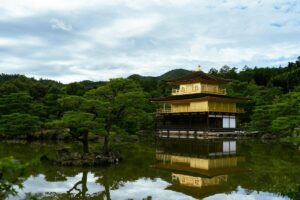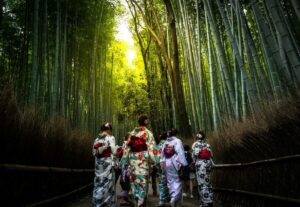Fushimi Inari Taisha: The Iconic Shrine of a Thousand Torii Gates
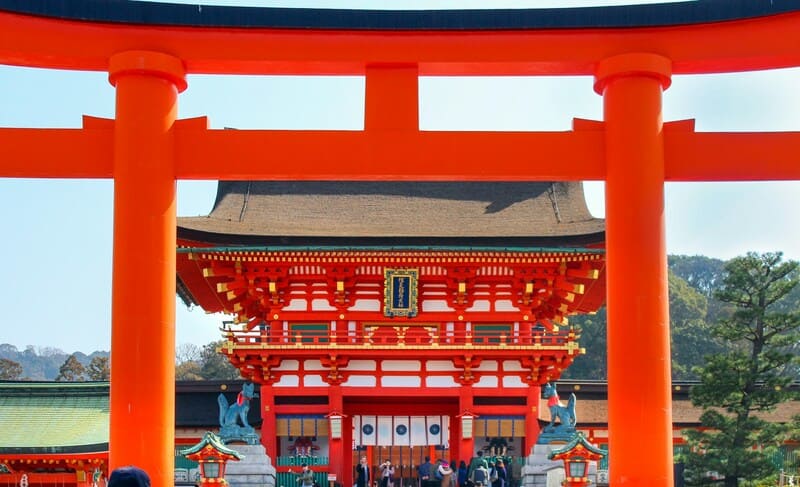
Fushimi Inari Taisha, located in the southern part of Kyoto, Japan, is one of the most iconic and mesmerizing shrines in the country. Famous for its thousands of vermilion torii gates that trail into the wooded forest of the sacred Mount Inari, this Shinto shrine is dedicated to Inari, the deity of rice and agriculture, and now broadly associated with prosperity and success in business. Established in the early 8th century, the shrine attracts millions of visitors each year, both locals and tourists, drawn by its cultural significance and stunning natural beauty.
Historical and Cultural Significance
Fushimi Inari Taisha was founded in 711 AD and has been a central place of worship for over 1,300 years. It serves as the head shrine for more than 30,000 Inari shrines scattered throughout Japan. Over the centuries, it has become a site where individuals, families, and businesses donate torii gates as a form of gratitude for prosperity or to invoke good fortune, resulting in the labyrinth of gates that cover the hiking trails of Mount Inari.
The Torii Gates and Trail
The shrine's thousands of torii gates, known as "Senbon Torii," meaning "thousands of torii gates," are the primary draw for many visitors. These gates are densely packed together, forming tunnel-like pathways that wind up the 233-meter-high mountain. Each gate is inscribed with the name of the donor and the date of donation. The hike through the entire trail of gates takes approximately 2-3 hours and offers scenic views, smaller sub-shrines, and traditional tea houses along the way.
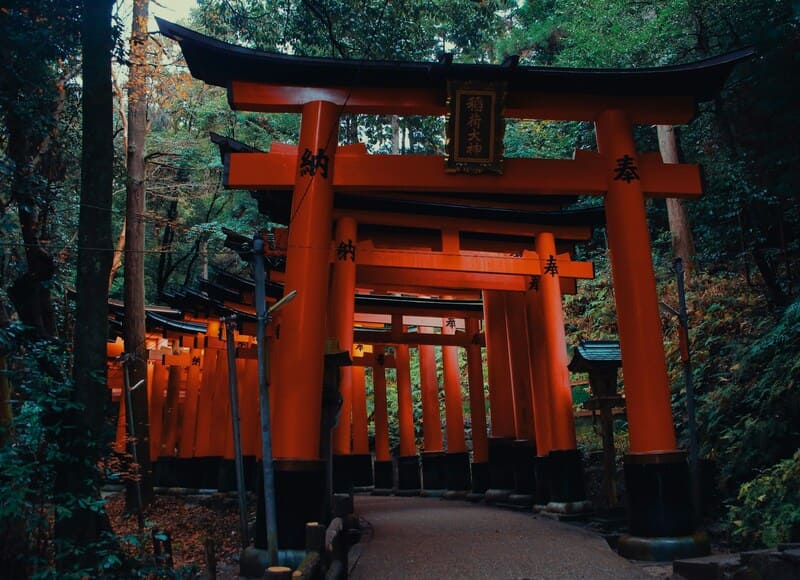
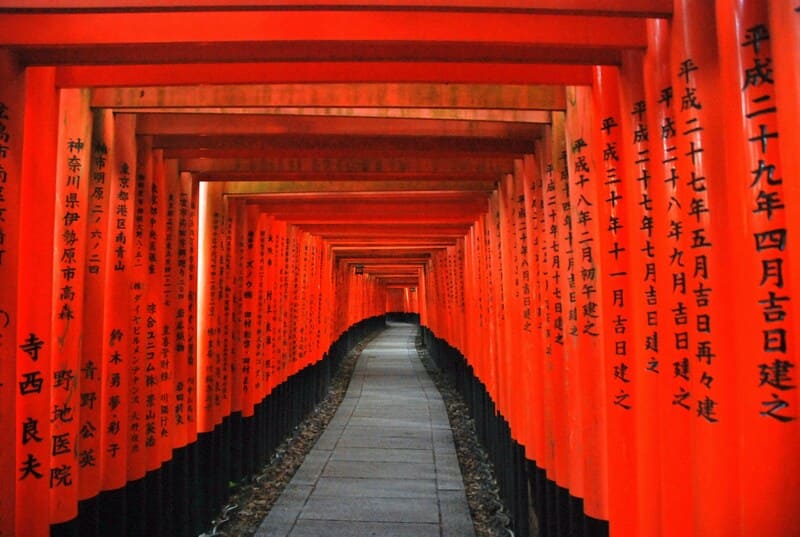
Sub-Shrines and Structures
Apart from the famous torii gates, Fushimi Inari Taisha encompasses multiple sub-shrines, each dedicated to different aspects of life and welfare. These include shrines for harvest, success in business, and family safety. The main hall (Honden) is an important cultural property and houses the primary deity. The architecture of the shrine is characterized by its bright vermilion pillars and white gravel, which symbolize purity in Shinto religion.
The Fox Spirit - Kitsune
The fox (kitsune) is considered the messenger of Inari, and statues of foxes are prevalent throughout the shrine complex. These fox statues often hold a key in their mouths, symbolizing the key to the rice granary. Kitsune are revered as protective deities that bring prosperity and ward off evil spirits.
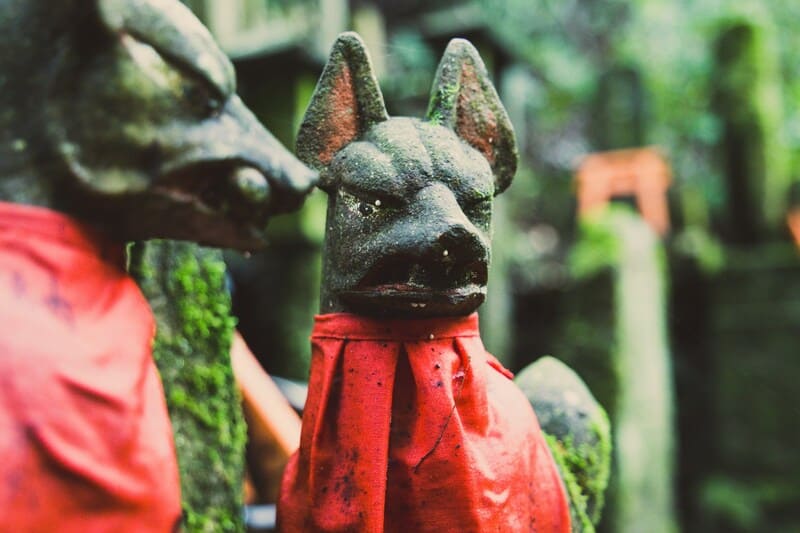
Cultural Events and Festivals
Fushimi Inari Taisha hosts several festivals throughout the year. The most prominent is the Inari Matsuri, held in early February, which features traditional music, dance, and rituals. Another significant event is the Motomiya-sai, held in July, celebrating the deity Inari with lantern displays and ceremonial offerings.
Visiting Fushimi Inari Taisha
Visitors to Fushimi Inari Taisha can experience a unique blend of spiritual heritage and natural beauty. The best times to visit are early morning or late evening to avoid the crowds and experience the ethereal beauty of the torii gates at sunrise or sunset. The shrine is open year-round, and there is no admission fee, making it accessible to everyone who wishes to explore its historical and spiritual significance.
Fushimi Inari Taisha is not just a tourist attraction; it is a vibrant place of worship and a significant cultural landmark that offers a deep insight into Japanese religious practices and community life. It remains a testament to the enduring faith in Inari, celebrated by countless generations across Japan. Whether seeking spiritual solace, cultural enrichment, or simply a remarkable photographic opportunity, Fushimi Inari Taisha is a compelling destination that resonates with every visitor.
